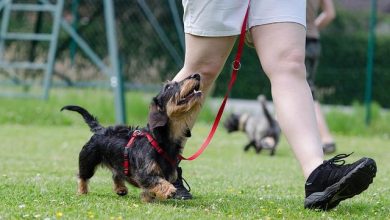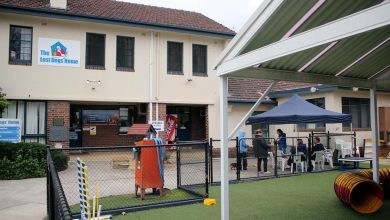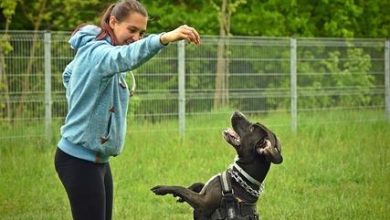How to Train Your Puppy to Sit Using Positive Reinforcement
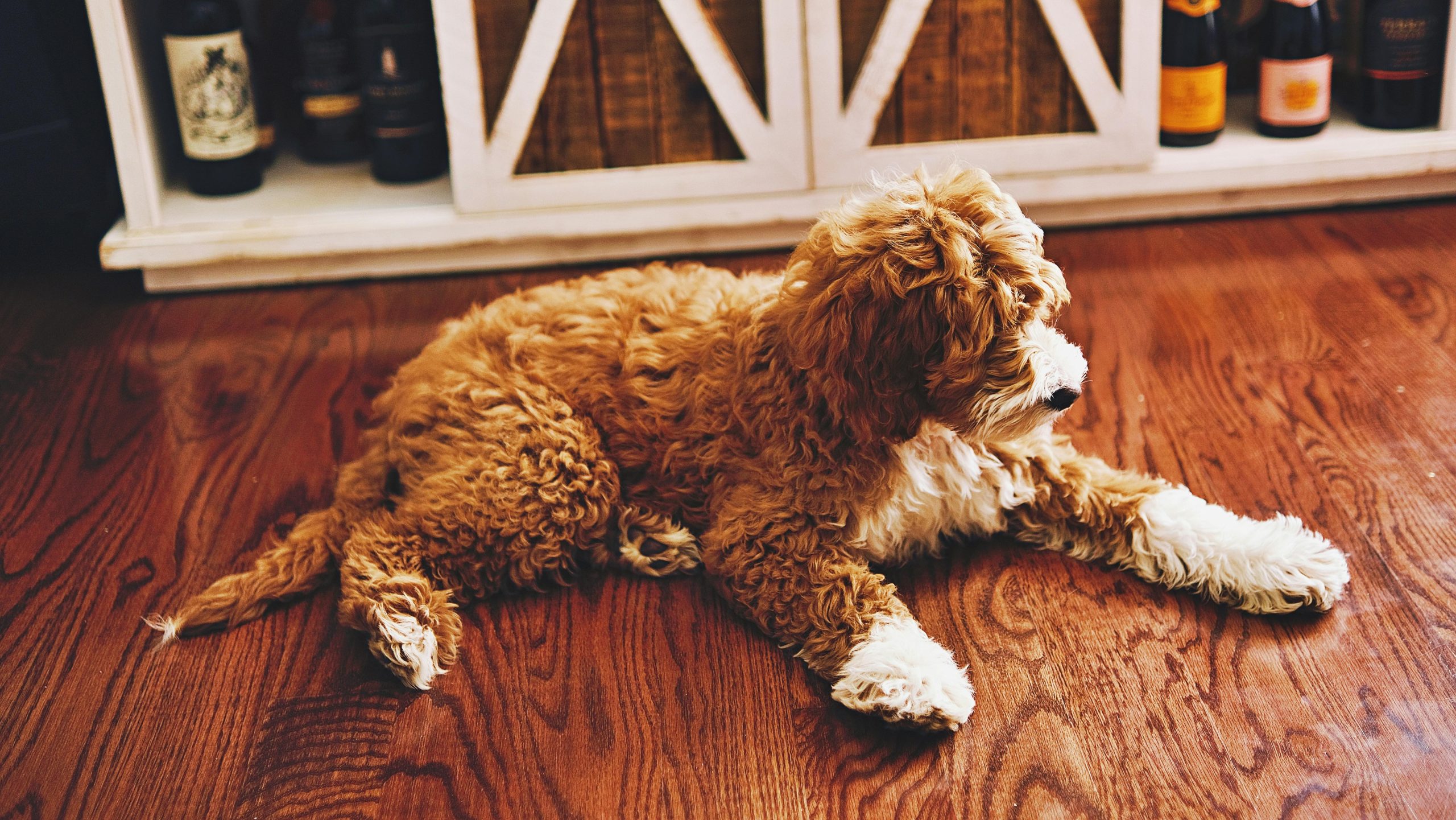
In the world of puppy training, few commands are as fundamental and rewarding as teaching your furry friend to sit. This simple action not only lays the groundwork for more advanced training but also fosters a strong bond between you and your canine companion. Imagine the joy of seeing your puppy respond eagerly to your cue, tail wagging in anticipation, eyes gleaming with the excitement of learning. With the power of positive reinforcement, transforming this vision into reality is both achievable and enjoyable. In this article, we will explore the gentle art of training your puppy to sit using methods that celebrate their successes and nurture their natural curiosity. Whether you’re a first-time pet parent or an experienced dog lover, join us as we embark on a journey to unlock your puppy’s potential through kindness, patience, and a pocketful of treats.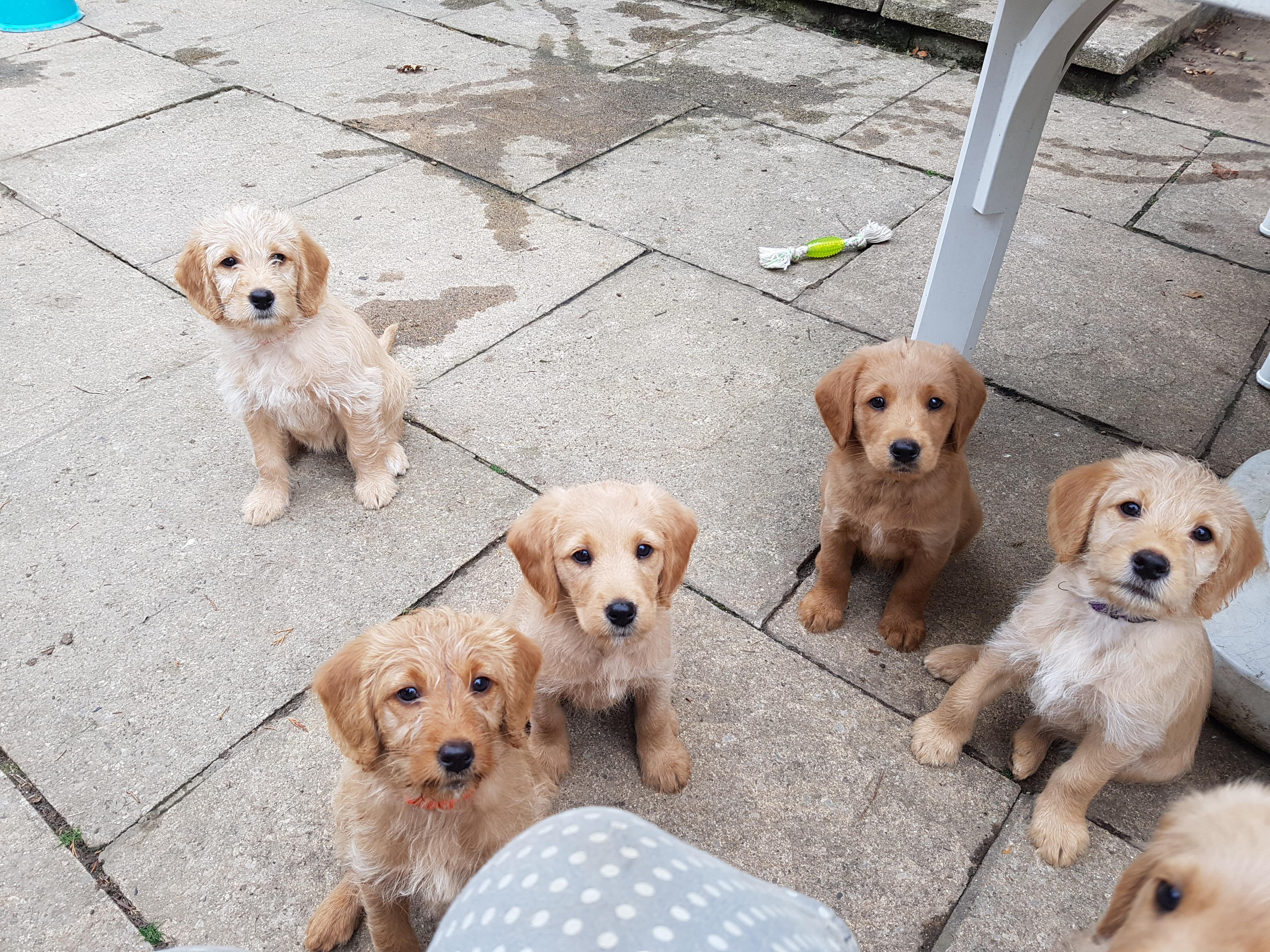
Creating a Rewarding Environment for Learning
Building a nurturing environment is essential for both puppies and their human companions to thrive during training sessions. Positive reinforcement can transform a simple living room into a space brimming with opportunities for learning and growth. By focusing on rewarding good behavior rather than punishing the bad, you create a safe haven where your puppy feels encouraged to explore and learn.
- Consistency is Key: Keep the training sessions short and consistent. Puppies have short attention spans, so frequent, short sessions are more effective.
- Rewards Galore: Use treats, praise, or a favorite toy to reward your puppy. This makes learning an enjoyable experience.
- Calm Environment: Ensure the training space is free from distractions to help your puppy focus better.
- Patience and Understanding: Remember, patience is crucial. Every puppy learns at their own pace, and understanding this will help in creating a positive atmosphere.
By fostering an environment rich in encouragement and patience, you pave the way for your puppy to not only learn commands but also build a lasting bond of trust and love. The key is to make learning feel like a game rather than a chore, ensuring that both you and your puppy enjoy every step of the journey.

Understanding the Timing of Treats and Praise
One of the key elements in training your puppy to sit is mastering the art of timing when it comes to treats and praise. The moment your puppy’s bottom touches the ground, immediately reward them with a treat and enthusiastic praise. This creates a direct association between the action and the reward, reinforcing the desired behavior effectively. Delays can cause confusion, making it harder for your puppy to understand which action is being rewarded.
- Immediate Feedback: Make sure the treat and praise come within seconds of the action.
- Consistency: Use the same word or phrase, such as “good sit,” to help your puppy connect the dots.
- Gradual Reduction: As your puppy becomes more reliable in sitting on command, gradually reduce the frequency of treats while maintaining verbal praise.
By fine-tuning the timing of your rewards, you create a learning environment that is both clear and motivating for your puppy. This approach not only speeds up the training process but also strengthens the bond between you and your furry friend.
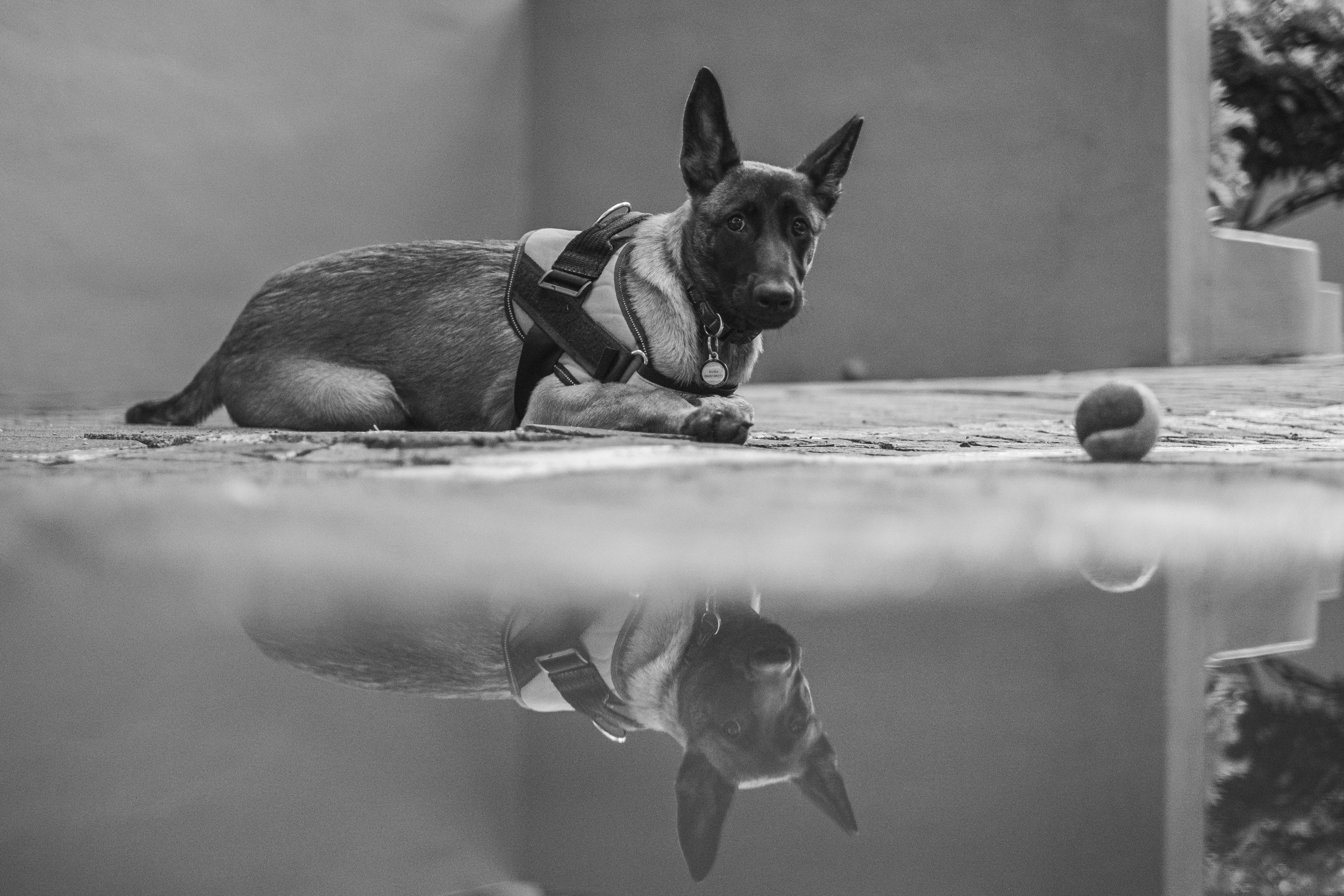
Mastering Consistency in Commands and Actions
Achieving consistency when teaching your puppy to sit is crucial for successful training. To ensure your commands and actions are clear and consistent, consider the following tips:
- Use the same command: Stick to a single word or phrase like “sit” each time you want your puppy to perform the action. This helps your puppy associate the command with the desired behavior.
- Keep your tone consistent: Use a calm and firm voice when giving commands. This helps your puppy understand that the command is a directive, not a question or suggestion.
- Match your actions to your words: Pair your verbal command with a hand signal or gesture. This reinforces the command and provides a visual cue that your puppy can learn to recognize.
- Practice regularly: Short, frequent training sessions are more effective than long, sporadic ones. Consistent practice helps reinforce the behavior and strengthens your puppy’s understanding of the command.
By maintaining consistency in both your verbal cues and physical gestures, you establish a clear communication channel with your puppy, making it easier for them to learn and respond to your commands. Over time, this consistent approach will not only help your puppy master the “sit” command but will also lay the foundation for learning other commands and behaviors.
Building a Trusting Bond Through Positive Interactions
Fostering a harmonious relationship with your puppy begins with nurturing a foundation of trust. By engaging in positive interactions, you create a safe and encouraging environment where your puppy feels confident and eager to learn. Positive reinforcement is not just a training technique; it’s a way to communicate and bond with your furry friend. Here are some key strategies to ensure your interactions are constructive and beneficial:
- Consistency is Key: Use the same verbal cues and gestures each time you train. This helps your puppy understand what is expected and feel secure in knowing what comes next.
- Celebrate Small Wins: Reward your puppy with treats, praise, or play whenever they follow the command. This encourages repetition of the desired behavior.
- Patience and Positivity: Remember that learning takes time. Stay patient and maintain a positive demeanor to avoid creating stress or confusion.
- Short and Sweet Sessions: Keep training sessions brief to maintain your puppy’s interest and prevent fatigue. Frequent, short sessions are more effective than long, drawn-out ones.
These methods not only aid in teaching your puppy to sit but also strengthen the emotional connection between you and your pet. By prioritizing positivity, you lay the groundwork for a trusting and loving relationship that will last a lifetime.
